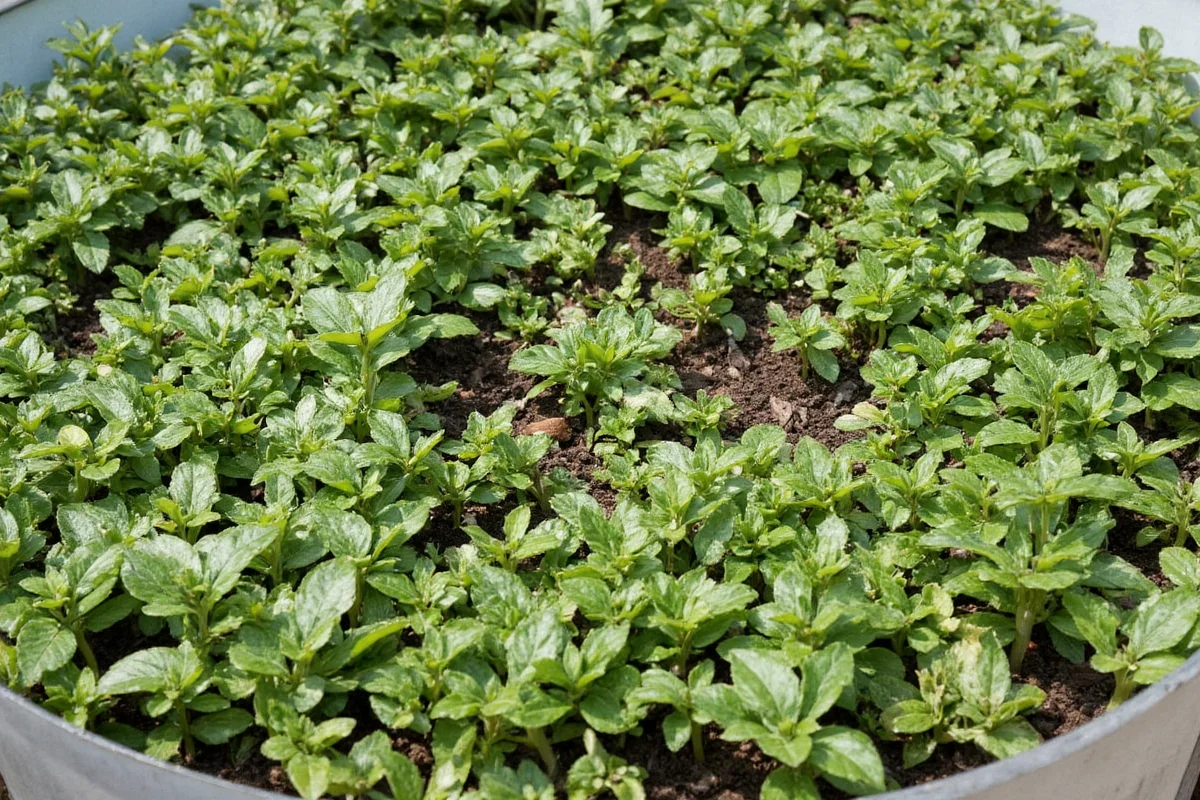Welcome to the world of succulents and cacti, where soil plays a pivotal role in ensuring these unique plants thrive. Understanding the right soil mix can mean the difference between a flourishing plant collection and a wilting one. These resilient plants are accustomed to dry environments and require a particular type of soil to mimic their natural habitat. In this guide, we will delve into the essentials of succulent and cactus soil, providing insights into why specific soil types are crucial for their growth, how to mix them, and tips for maintaining optimal conditions. By the end of this article, you’ll be equipped with the knowledge to make informed decisions about the soil for your prickly and fleshy friends.
Understanding the Importance of Drainage
Proper drainage is the cornerstone of a successful soil mix for succulents and cacti. These plants naturally grow in arid regions, where water is scarce, and the soil doesn’t retain moisture. Therefore, when cultivating them, it's crucial to replicate these conditions. Here are some key reasons why drainage is important:- Prevents Root Rot: Well-draining soil ensures that excess water doesn’t accumulate around the roots, reducing the risk of root rot, a common issue in overwatered plants.
- Mimics Natural Habitat: Succulents and cacti originate from environments that experience infrequent rainfall, meaning their roots are not adapted to sit in water for prolonged periods.
- Promotes Healthy Growth: Adequate drainage supports the establishment of strong roots, allowing the plant to absorb nutrients effectively.
Components of an Ideal Soil Mix
An ideal soil mix for succulent and cactus plants centers around three main components: organic matter, inorganic compounds, and aerating agents. Each plays a crucial role in creating a balanced medium for these drought-tolerant species.- Organic Matter: Provides essential nutrients for plant growth. Incorporate elements like coconut coir or peat moss to retain some moisture while nourishing the plant.
- Inorganic Compounds: Focus on minerals such as coarse sand, perlite, and pumice. These not only foster drainage but also prevent soil compaction, allowing for proper root expansion.
- Aerating Agents: Elements like pumice and perlite improve soil structure, ensuring ample air circulation which is vital for root health.
Steps to Mixing Your Own Succulent and Cactus Soil
Creating your own succulent and cactus soil mix gives you control over the quality and composition of the soil. Follow these steps to prepare an effective mix:- Gather Materials: Start by collecting quality ingredients such as potting soil, coarse sand, perlite, and pumice.
- Combine Ingredients: In a large container, mix 50% potting soil, 25% coarse sand, and 25% perlite or pumice. Adjust these ratios based on the specific needs of your plants.
- Test the Drainage: Moisten the mixed soil slightly and test its drainage by observing how quickly water passes through it. It should drain within a few seconds, leaving minimal residue.
- Adjust as Necessary: Depending on your test results, adjust the mixture by adding more sand or perlite to improve drainage or more potting soil if it’s too loose.
Common Mistakes and How to Avoid Them
Gardening with succulents and cacti can be straightforward with the right soil, but there are common pitfalls to watch out for:- Overwatering: Due to the plants’ drought-resistant nature, beginners often overwater, thinking they need constant hydration. Ensure that the soil dries out between watering sessions.
- Poor Soil Choice: Using regular garden soil or potting mix can lead to poor drainage and compacted roots. Always opt for a specialized mix or create your own.
- Ignoring Soil pH: Succulents and cacti prefer mildly acidic to neutral soil. Test your soil's pH and adjust accordingly with amendments like lime or sulfur.
Tips for Maintaining Your Succulent and Cactus Soil
Once you’ve established the perfect soil mix, maintaining it is crucial to ensure ongoing plant health. Here are some tips to keep your soil in prime condition:- Refresh Soil Periodically: Replace or refresh the soil every year or two to prevent compaction and replenishing nutrients.
- Repot When Necessary: If your plant outgrows its pot or the soil becomes compacted, repot with fresh soil mix.
- Monitor Soil Moisture: Use moisture meters to ensure your soil doesn’t remain too wet or dry. This keeps root systems healthy.
- Add Organic Fertilizer: Periodically enhance soil fertility with light applications of organic fertilizer, such as worm castings or compost.
Understanding the specific needs of succulents and cacti in terms of soil can lead to a thriving plant collection that flourishes in even the driest conditions. Whether you're a beginner or a seasoned gardener, this guide equips you with the fundamentals necessary to cultivate these fascinating plants. From tailoring soil mixes to avoiding common pitfalls, the journey of growing healthy succulents and cacti begins with the earth beneath them. Armed with this knowledge, your gardening skills can bloom and produce a drought-resistant garden that remains resilient and vibrant throughout the seasons.











 浙公网安备
33010002000092号
浙公网安备
33010002000092号 浙B2-20120091-4
浙B2-20120091-4